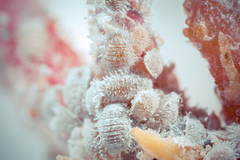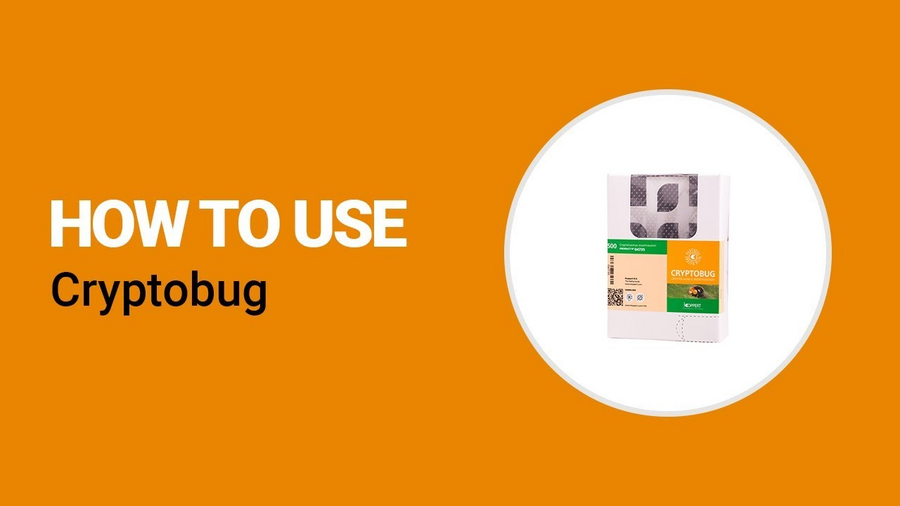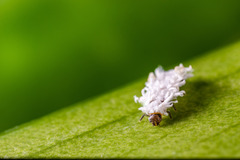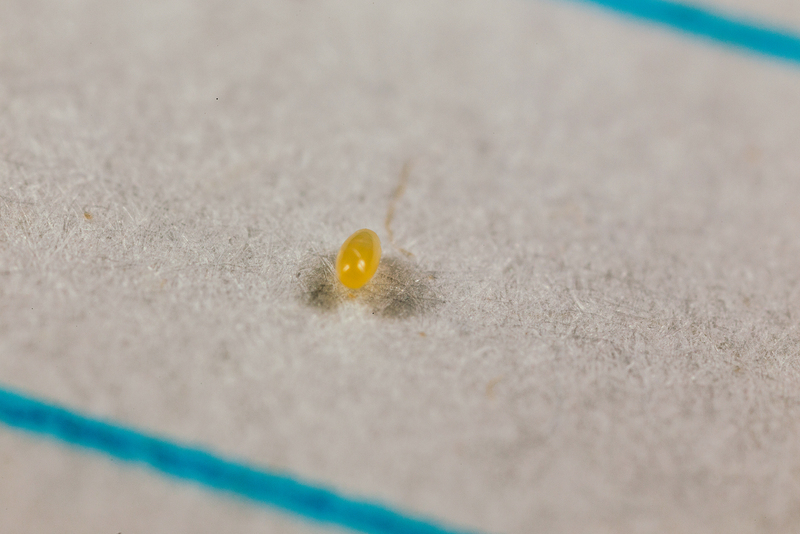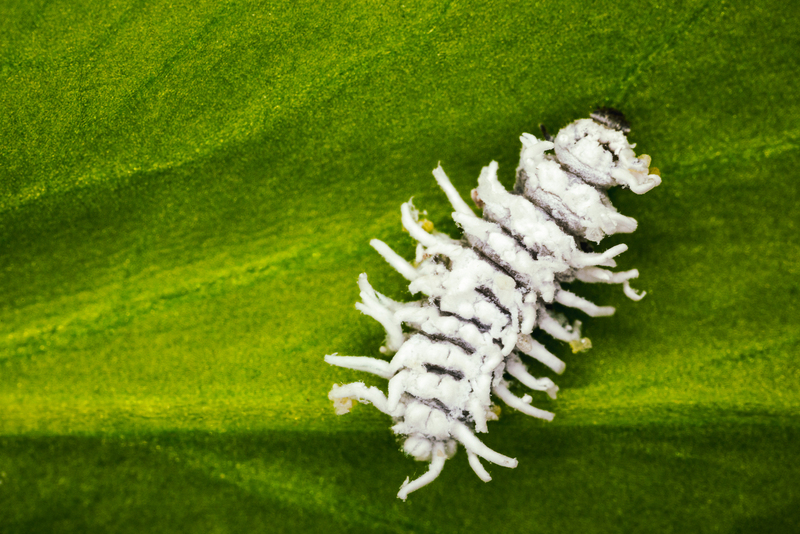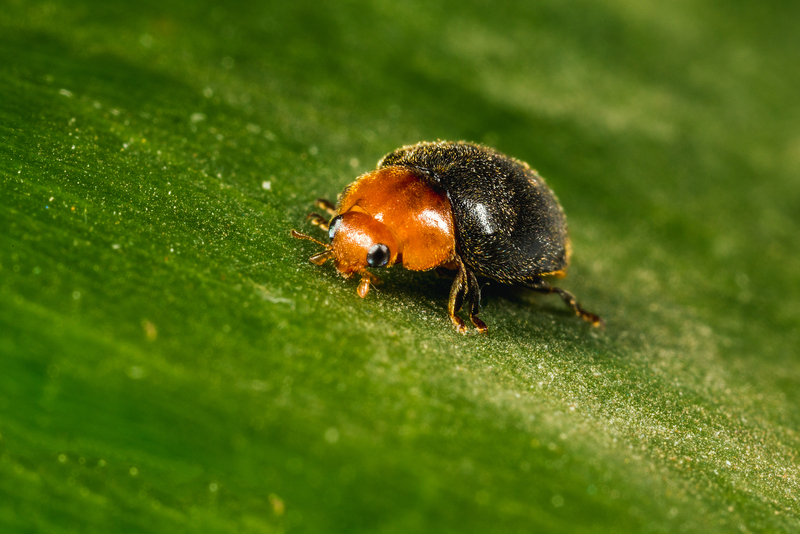The predatory beetle Cryptolaemus montrouzieri, commonly known as the mealybug destroyer, is a species of beetle belonging to the family Coccinellidae. The beneficial insect is a small but highly effective predator in biological pest control. Originating from Australia, this beetle species preys primarily on mealybugs, including species such as the citrus mealybug and the long-tailed mealybug.
Cryptolaemus montrouzieri for pest control
The predatory beetle Cryptolaemus montrouzieri is used for the control of the following pests:
-
Mealybugs: i.e. citrus mealybug (Planococcus citri), long-tailed mealybug (Pseudocous longispinus)
The natural enemy Cryptolaemus montriouzieri is available at Koppert as Cryptobug and Cryptobug-L.
Mealybug species
How to use Cryptolaemus montrouzieri
The predatory beetle Cryptolaemus mountrouzieri is available in bottle (Cryptobug, Cryptobug-L).
-
Deploy Cryptobug on rock wool slabs or in Diboxes close to or at a hotspot
-
Apply in the evening
The dosage of Cryptobug depends on climate, crop and mealybug density and should always be adjusted to the particular situation. Introduction rates typically range from 2-10 per m2/release. Releases should be made in infested areas only and repeated if necessary. Consult a Koppert advisor or a recognized distributor of Koppert products for advice on the best strategy for your situation.
Koppert products
Best conditions for use of Cryptolaemus montrouzieri
The minimum temperature for use of Cryptobug and Cryptobug-L is 16°C/61°F. However, as Cryptolaemus montouzieri favors high temperatures, Cryptobug is most effective at temperatures between 25°C and 28°C (68 and 82°F).
Feeding behaviour of Cryptolaemus montrouzieri
All moving stages of Cryptolaemus montriouzieri prey on mealybugs, seizing their prey and consuming them entirely. Adult ladybirds and young larvae prefer the eggs and young larvae, while older larvae appear to prey on all stages of mealybugs equally. Adult ladybirds are good fliers and can disperse over a large area in search of prey. Although Cryptolaemus montrouzieri prefers mealybugs, this species is known to be a polyphagous predator. Sometimes other insects related to mealybugs are eaten, such as soft scales or aphids. However, this beetle is most effective in controlling large populations of mealybugs. Once the supply of mealybugs becomes inadequate, the ladybirds fly off in search of new prey. Sometimes the larvae resort to cannibalism under these conditions. At a temperature of 21°C, during the whole period of its development to adult beetle, a larva eats more than 25 second and third instar mealybug nymphs. The larvae of the late third and fourth in stars are the most voracious, consuming up to 30 mealybugs per day. 226 Beetles and larvae are most active in sunny conditions. Above 33°C their searching behaviour comes to a standstill, while below 16°C they slow down until activity ceases at temperatures below 9°C.
Life cycle of Cryptolaemus montrouzieri
Growers can recognize the different life stages of the predatory beetle Cryptolaemus montrouzieri, the mealybug destroyer, when using this predatory beetle as a pest control agent by observing their unique characteristics at each stage:
-
Egg Stage: Cryptolaemus montrouzieri eggs are small, oval-shaped, and usually laid individually or in clusters on plant foliage or near mealybug-infested areas. They are typically yellow-white in color and may be found attached to leaves or other surfaces.
-
Larval Stage: Cryptolaemus montrouzieri larvae are the primary predatory stage. They are elongated and have a segmented body with a dark brown or black coloration. Larvae have prominent mandibles and actively hunt and feed on mealybug nymphs and adults.
-
Pupal Stage: Cryptolaemus montrouzieri pupae are inactive and resemble small, elongated cocoons. They are typically attached to leaves or other surfaces by silken threads. Pupae may be light brown or tan in color, depending on environmental conditions.
-
Adult Stage: Adult Cryptolaemus montrouzieri beetles are small, elongated insects with a dark brown or black coloration. They have reddish-orange markings on their wing covers and measure around 4 millimetres in length. Adults are active predators and feed on mealybugs at all stages of development.
